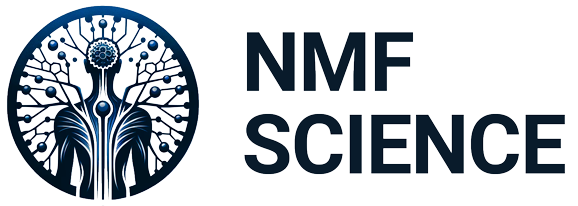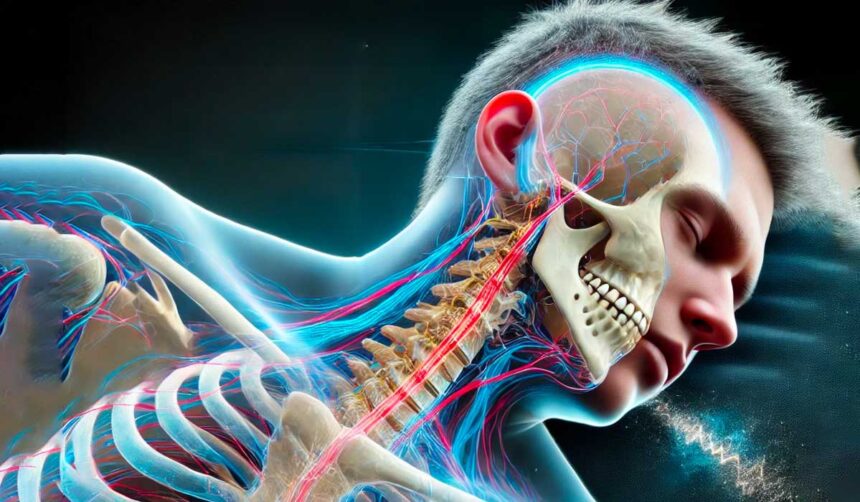From Whiplash to Sleep Apnea: A Neuromyofascial Investigation
As we explore the complexities of whiplash and its far-reaching effects, it becomes increasingly evident that the impact of such injuries extends beyond immediate pain and discomfort, potentially leading to conditions as severe as sleep apnea. This investigation is rooted in a deep understanding of neuromyofascial science and draws upon cutting-edge research to explore the potential link between spinal trauma and sleep-disordered breathing. By comparing the experiences of whiplash sufferers to those with diagnosed sleep apnea, we begin to see a pattern of symptoms that suggests a common underlying pathology. This introduction invites readers to consider the broader implications of whiplash injuries, encouraging a holistic view of patient care that addresses both the physical and physiological repercussions of such trauma.
Bridging the Gap: Uncovering the Link Between Spinal Trauma and Sleep Disorders
Numerous medical studies report that whiplash affects sleep quality and the ability to get restorative sleep.
- Brain Response in Sleep Apnea: In sleep apnea, the brain causes sensations to urinate at night to wake the person from apnea spells, reducing the risk of brain hypoxia and damage.
- Similarities in Whiplash Patients: Many whiplash patients report frequent awakenings and sensations to urinate small amounts during the night, similar to sleep apnea patients.
A study led by Guilleminault found that sleep-disordered breathing was a common finding in whiplash patients, along with daytime sleepiness. Another study by Valenza linked sleep disturbances to the level of ongoing pain in whiplash disorders.
Does Whiplash Cause Sleep Apnea?
In a serial MRI study led by James Elliott, severe whiplash sufferers had persistently altered cross-sectional airway shapes, narrowing and misshaping the airway over time after the accident. I believe these changes result from whiplash denervation in the neck and upper back, causing persistent smooth muscle spasms in the airway, leading to a form of obstructive sleep apnea.
Emerging Treatments
New treatments for sleep apnea use electronic devices affecting the muscles in the oropharynx and airway, though this mechanism is not yet fully understood.
Nighttime Urination as a Symptom
Frequent nighttime urination may indicate problems with the spine or airway, though it can also suggest diabetes or prostate issues.
Reflecting on the potential link between whiplash injuries and the development of sleep apnea compels us to consider the multifaceted nature of post-traumatic recovery. The insights garnered from recent studies not only challenge our understanding of these conditions but also open new avenues for treatment and rehabilitation. As we move forward, it is clear that an interdisciplinary approach, incorporating the latest advancements in neuromyofascial science, is essential for the comprehensive care of individuals affected by whiplash. This journey into the interplay between physical trauma and sleep disorders reaffirms the importance of a patient-centered approach, one that prioritizes the nuanced needs of those navigating the aftermath of whiplash, and illuminates the path toward healing and improved quality of life.
Medical Disclaimer:
The information provided in this article is for educational and informational purposes only and is not intended as a substitute for professional medical advice, diagnosis, or treatment. Always seek the advice of your physician or another qualified health provider with any questions you may have regarding a medical condition or treatment and before undertaking a new health care regimen, regardless of your location. Never disregard professional medical advice or delay in seeking it because of something you have read on this website.
AI Disclaimer:
The images and abstracts featured in our blog posts are generated using artificial intelligence. While we strive for accuracy and relevance, there may be occasional discrepancies or errors. We appreciate your understanding and encourage readers to consider the context and intent behind these AI-generated elements.




